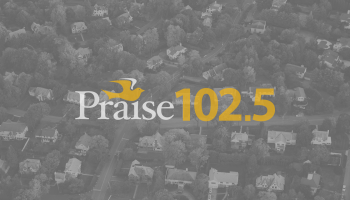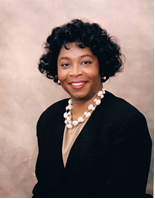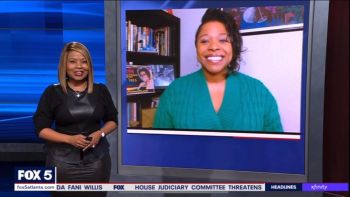Fr0m AJC.com:
Working on behalf of the Southern Christian Leadership Council, Andrew Young was Mr. Behind the Scenes for much of the civil rights movement, negotiating with white officials, bailing protestors out of jail and representing them in court.
“Dr. [Martin Luther] King would not let me go to jail,” Young said recently. “He wanted me to stay out of jail and manage things.”
That changed June 9, 1964, when Young moved from the rear guard to the front lines. On that day, during protests in St. Augustine, Florida, white hecklers punched, kicked, stomped and beat him over the head with a blackjack.
“I was strangely proud of that moment,” said Young recently. It was the first time he had put his body in harm’s way, he said, and he survived without flinching. Plenty of his colleagues had been put in the hospital, or worse, by those fighting against integration.
“At least I can say I took a few blows for freedom.”
The movement in St. Augustine was a neglected chapter in the civil rights story until Jeremy Dean, a graduate of St. Augustine’s Flagler College, uncovered remarkable film footage of the future Atlanta mayor and U.N. ambassador being knocked to the ground.
Inspired by that footage, Young revisited St. Augustine for a personal look at these records of the tumultuous events in America’s oldest city. The result is a documentary called “Crossing in St. Augustine,” which will have its Georgia premiere Friday at the Landmark Midtown Art Cinema as part of the Atlanta Film Festival.
Young recently spoke about the documentary, which was directed by longtime Atlanta journalist C.B. Hackworth and produced by the Andrew Young Foundation.
Q: Is this the first time during the movement you were attacked physically?
A: It pretty much is. … I used to say it was more dangerous walking down the streets of Birmingham by myself in a suit than it was going to jail with [the protestors]. … I had not been jailed and had not been beaten in the sit-ins and freedom rides, so that by the time I got beat up, I had sent 10,000 to jail.
Q: You went down to St. Augustine to stop the protest marches, but you marched anyway. Why?
A: It’s important to understand the setting of the film. I went down to stop the movement, because it was in the middle of the passage of the Civil Rights Act and Dr. King was afraid that if anything became violent on our part it would kill the Civil Rights Act.
Q: Did you get any permanent injuries?
A: I didn’t even have a headache when I got back to the church. … Most people don’t know about that night in St. Augustine. Even Hosea Williams never acknowledged he was there. He’s the one who insisted that we march.
Q: Why didn’t you just say no?
A: I decided to lead the march to try to turn it around and to make sure nothing happened. You couldn’t say no to people who had had a year’s struggle. You couldn’t just stop it. By the same token, we were able to convince them that the only way to prevail was with nonviolence. … The Klan was 200 strong down there. [There was] no way we could have confronted them violently. … It was the most brutal civil rights movement we had taken part in. It was the only place where our hospital bills were bigger than our bond bills.
Atlanta FilmFestival
“Crossing in St. Augustine” will premiere 4:15 p.m. Friday at the Landmark Midtown Art Cinema, 931 Monroe Drive N.E., as part of the Atlanta Film Festival. Tickets, $10. The screening will be followed by a panel discussion featuring Andrew Young, the Rev. Willie Bolden, J.T. Johnson and the Rev. Al Lingo, all of whom are featured in the film, along with St. Augustine mayor Joe Boles.
The Atlanta Film Festival runs Thursday-April 23, and features 160 films. For information: www.atlantafilmfestival.com.














